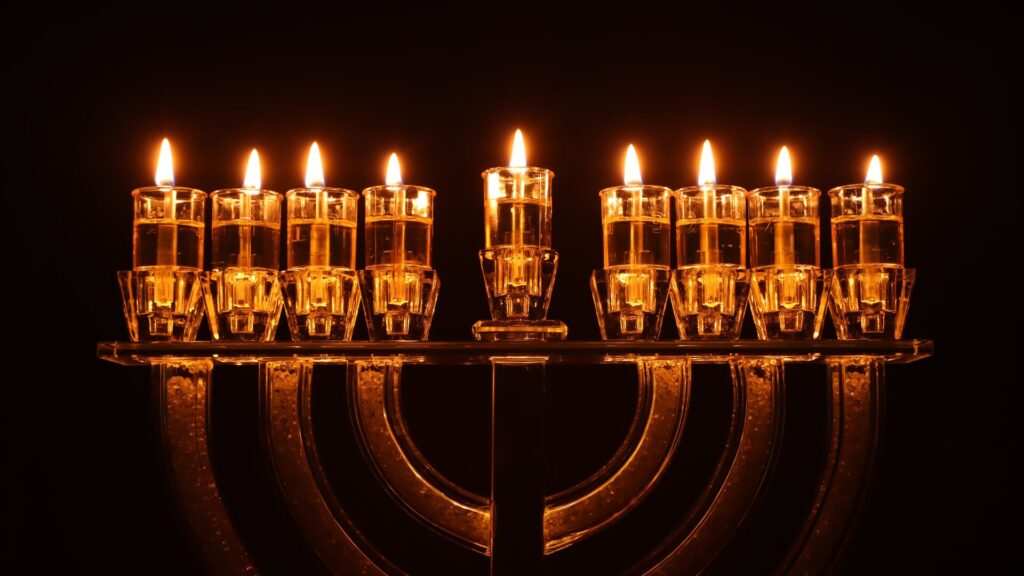Over the past few years, as I have talked about and wrestled with our call to faithfully seek out and create beauty and goodness in our world, I have been frustrated by the seeming disparity between the imagery and language of our two realities. Too often, it seems, we witness violence, tragedy, hunger and horror, then try to respond by talking about flowers and sunsets, butterflies and rainbows. Even when we talk about love—“the greatest of these”—it can feel so easily overwhelmed by its opposites: fear, hate and death.
Why do goodness and beauty, hope and love seem so flimsy, ephemeral and uncertain? When trying to argue that these are more important, powerful and sustainable, this language—and the apparent realities—seems to let us down.
Until we remember that such weakness is the way of God.
The dramatic imagery of Revelation 12 pictures a confrontation between a newborn baby and a great and destructive dragon (see verses 1–5). In the Christmas story, the beginning of God’s great act of redemption played out in all the uncertainties, messiness and creaturely humanity of pregnancy and childbirth, then the fragility of infancy, poverty and subjugation threatened by the brute force of Herod’s murderous soldiers (see Matthew 2:13–18). While many of the details remain a mystery, there seemed real peril for God Himself in this project of incarnation and redemption. As such, it seemed an unlikely way for God to intervene in our world. But if uncertain hope was good enough for God, it should be enough for us. Further, our understanding of faith maintains this is the most God-like, the most true, the most poetic and the most powerful.
But there are other elements of the story that underline this counter-intuitive aesthetic of God and His ways. For example, theologian Walter Brueggemann contrasts the Roman emperor’s census decree with the angels’ announcement of the birth of Jesus: “The grim holding action of census was penetrated by the unscheduled and unextrapolated song of angels who sing a new song for a new king. . . . The beginning is with a song that stands in conflict with the decree. All the old history is by decree, but the new history begins another way.”1
Both the decree and the song claimed the attention of “all people” (compare Luke 2:1, 3 and 2:10, 14), but one was an act of bureaucratic oppression and economic exploitation, the other a celebration of joy, glory and peace.
In the history of our world, songs are usually less powerful than decrees. But in the way of God, a song can overwhelm a decree, a baby can confront an empire, an infant can overcome a dragon, love can conquer fear, hate and death, and somehow a flimsy beauty is more enduring than a horrific headline. [pullquote]
In our faith, an uncertain hope is always more important than a hopeless certainty. This is why our first argument for faith, hope and love is not an argument; it’s a story. And
this is why it’s important to insist on retelling this story year after year—and that particular occasions and seasons for doing so are such a valuable part of our faith traditions.
As we tell the story of the birth of Jesus again this year, let’s tell it with the assurance of uncertain hope. Let’s also tell it in the way of God. Let’s retell it with all the beauty, kindness, generosity and goodness we can employ. Let’s retell it in surprising, humble and creative ways. Let’s retell it in our actions, our choices, our compassion and all our lives.
We yet need new language and better imagination to talk about and create beauty and justice and goodness in our world. But we can begin by reclaiming the language that we have—and the stories and the songs that God has used to speak and act in the history of our world. And this new history began with the birth of Jesus.






